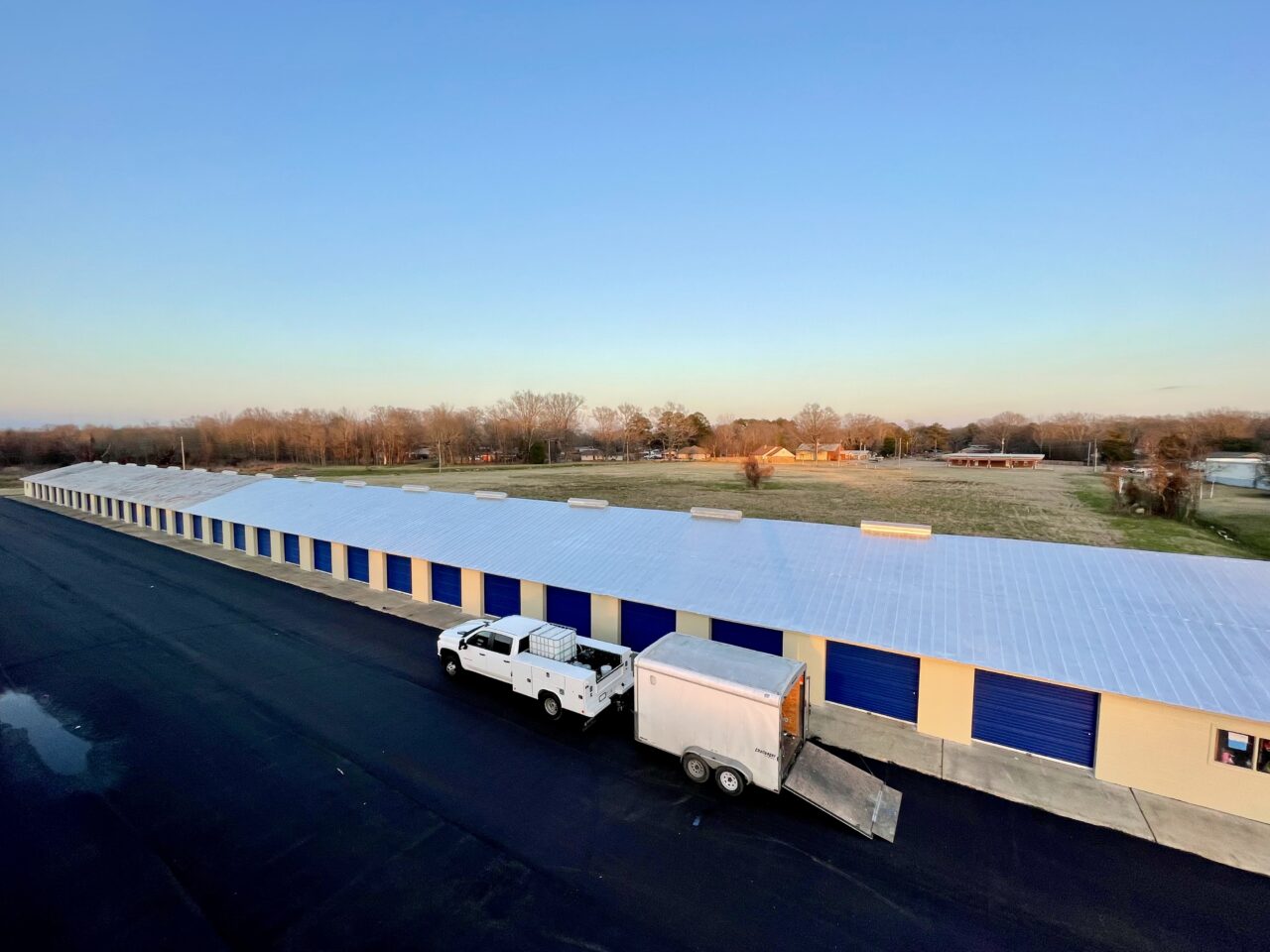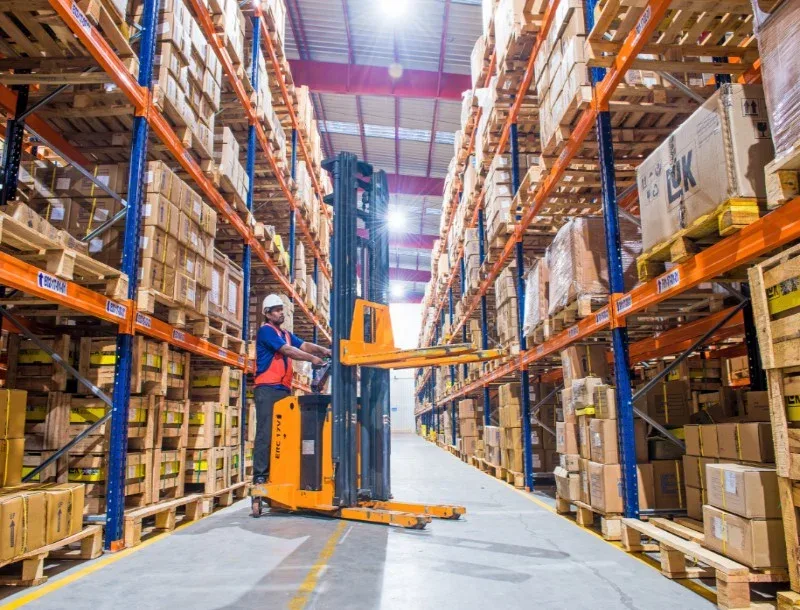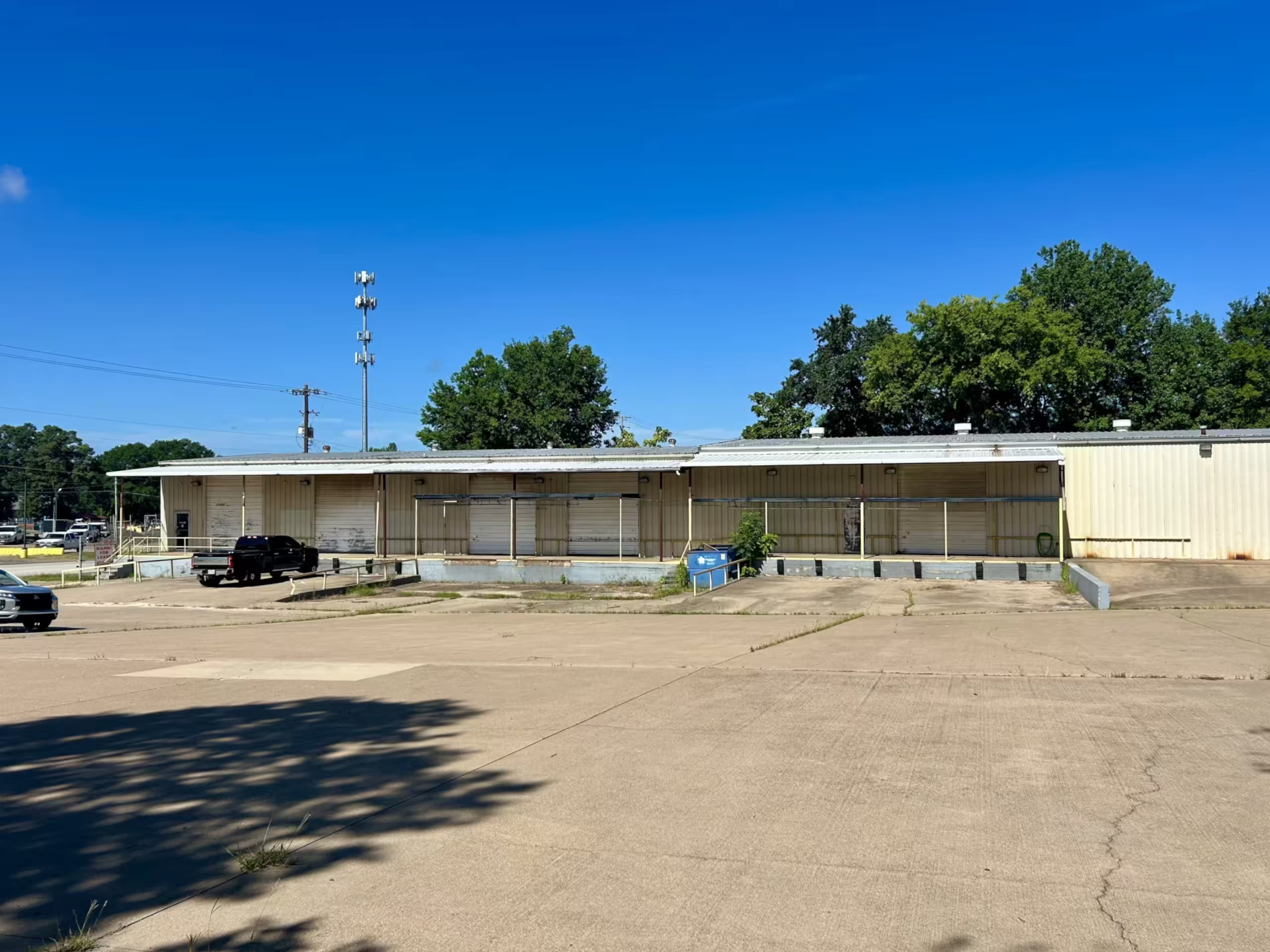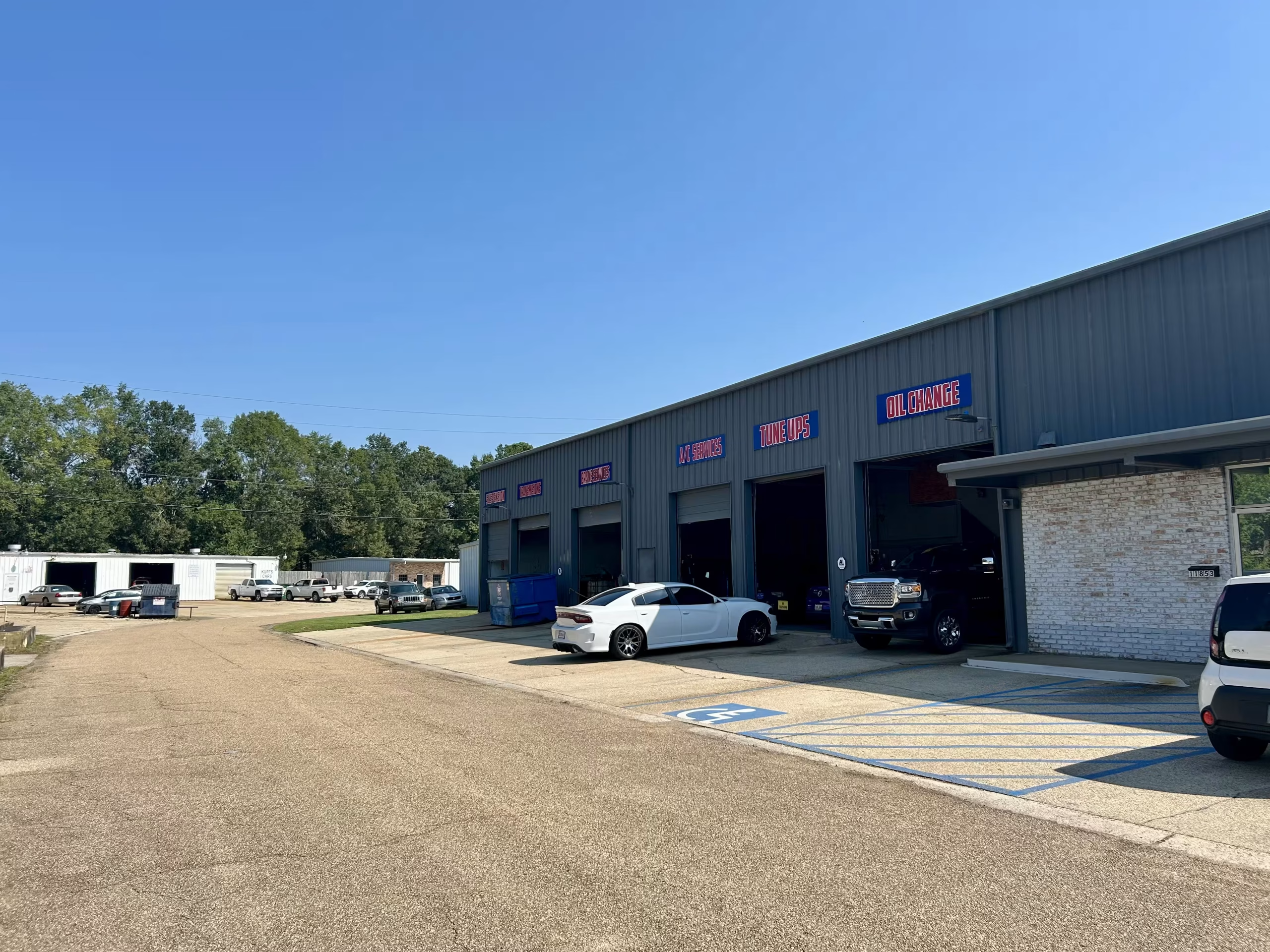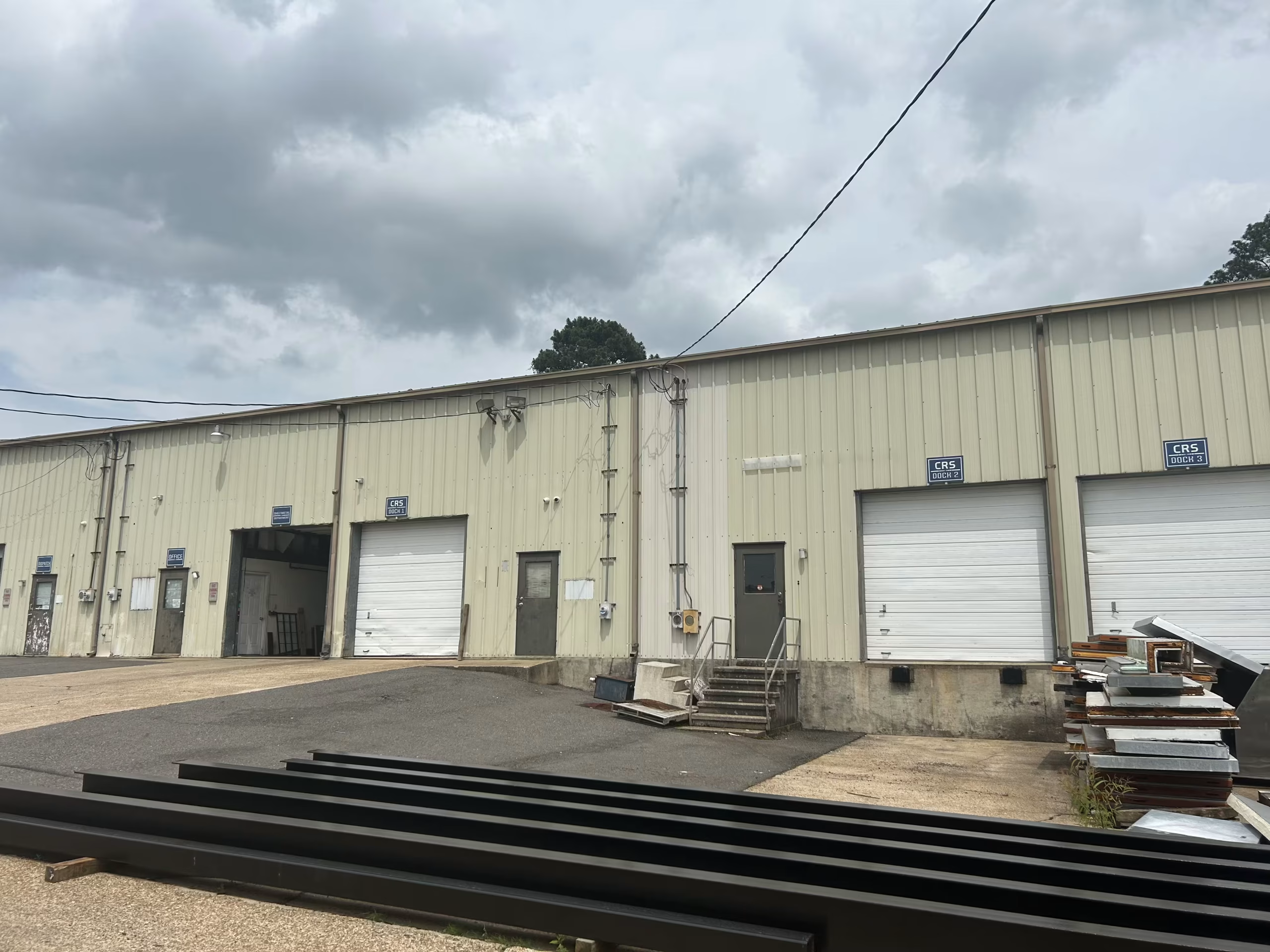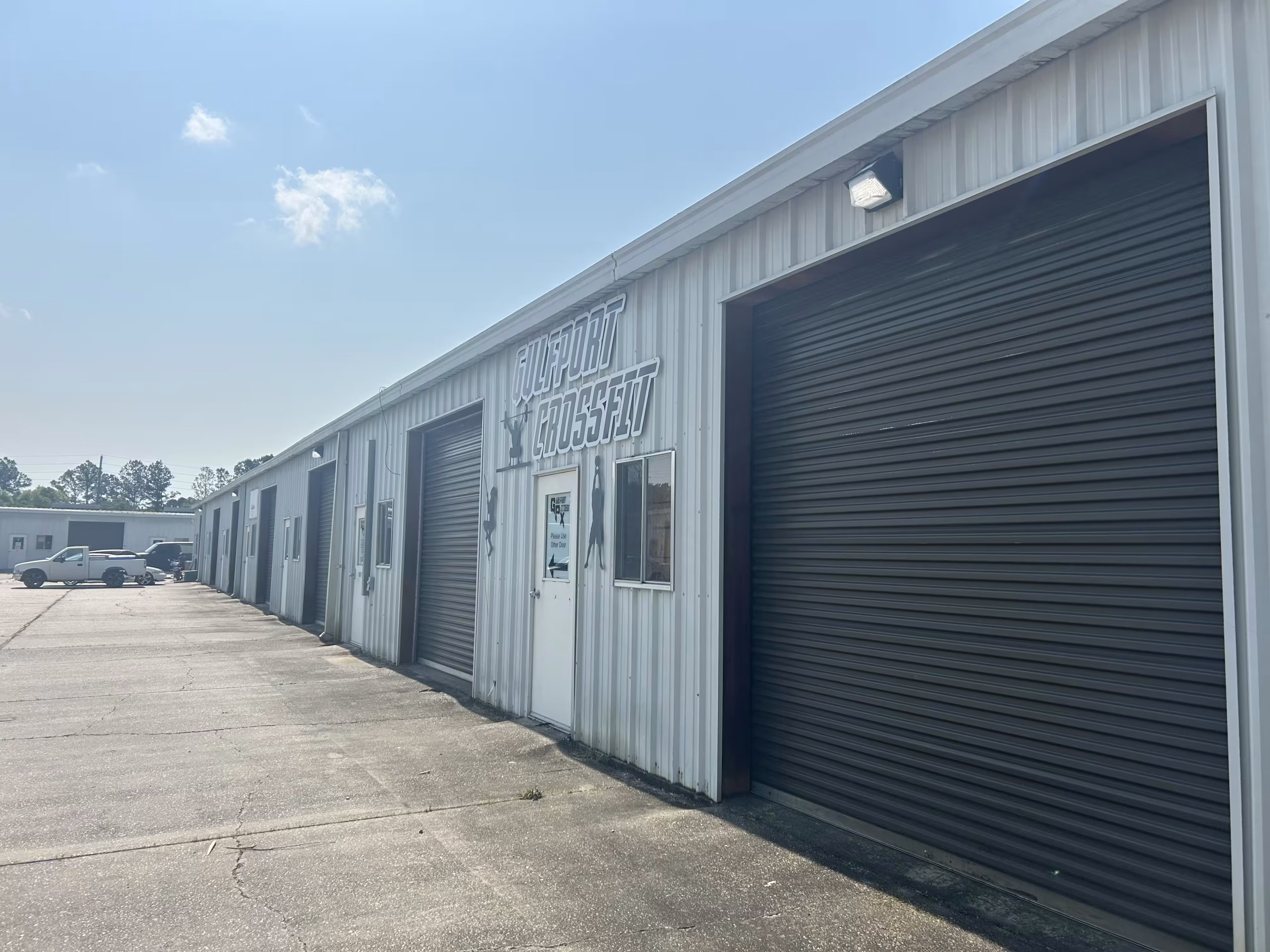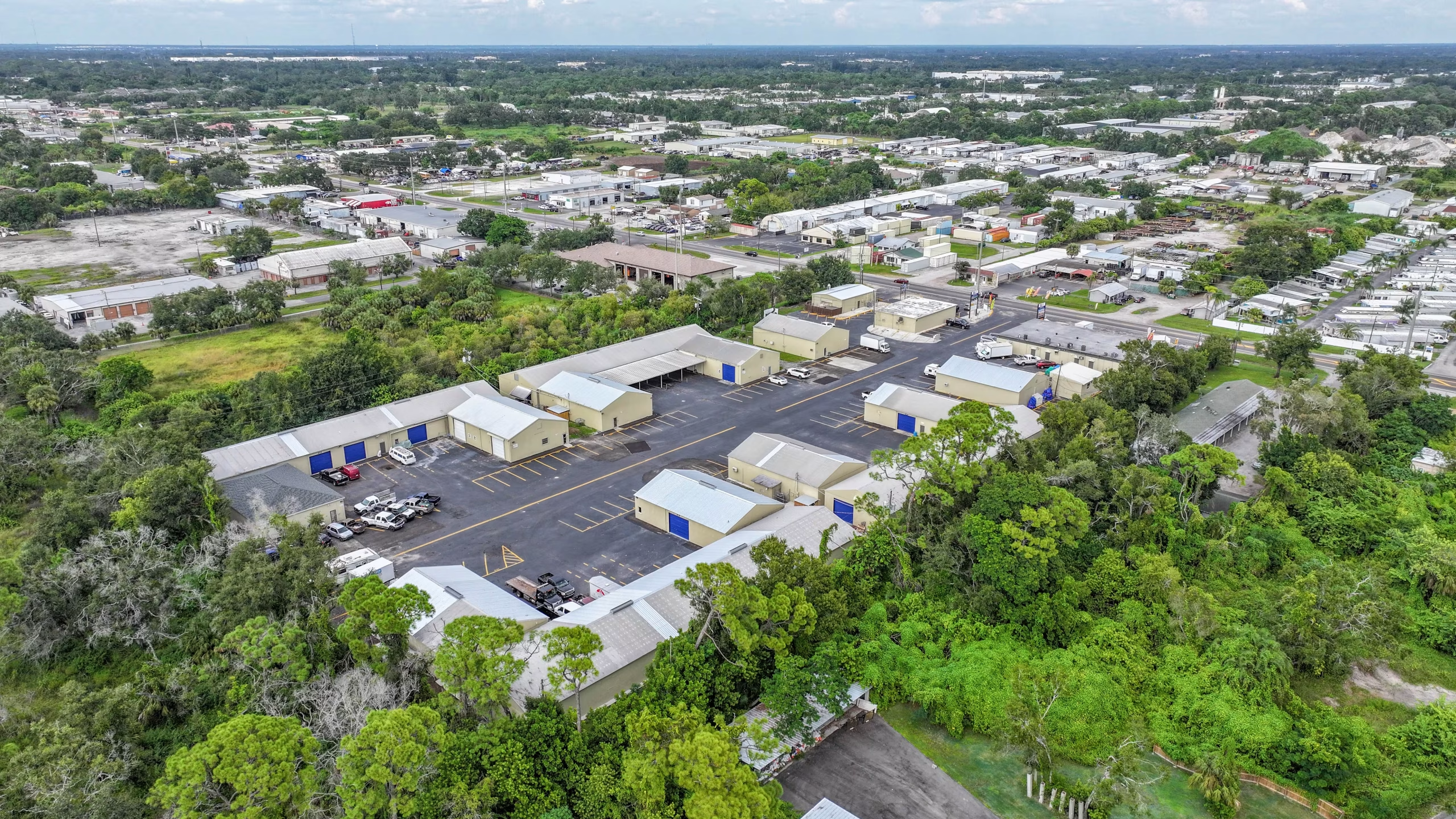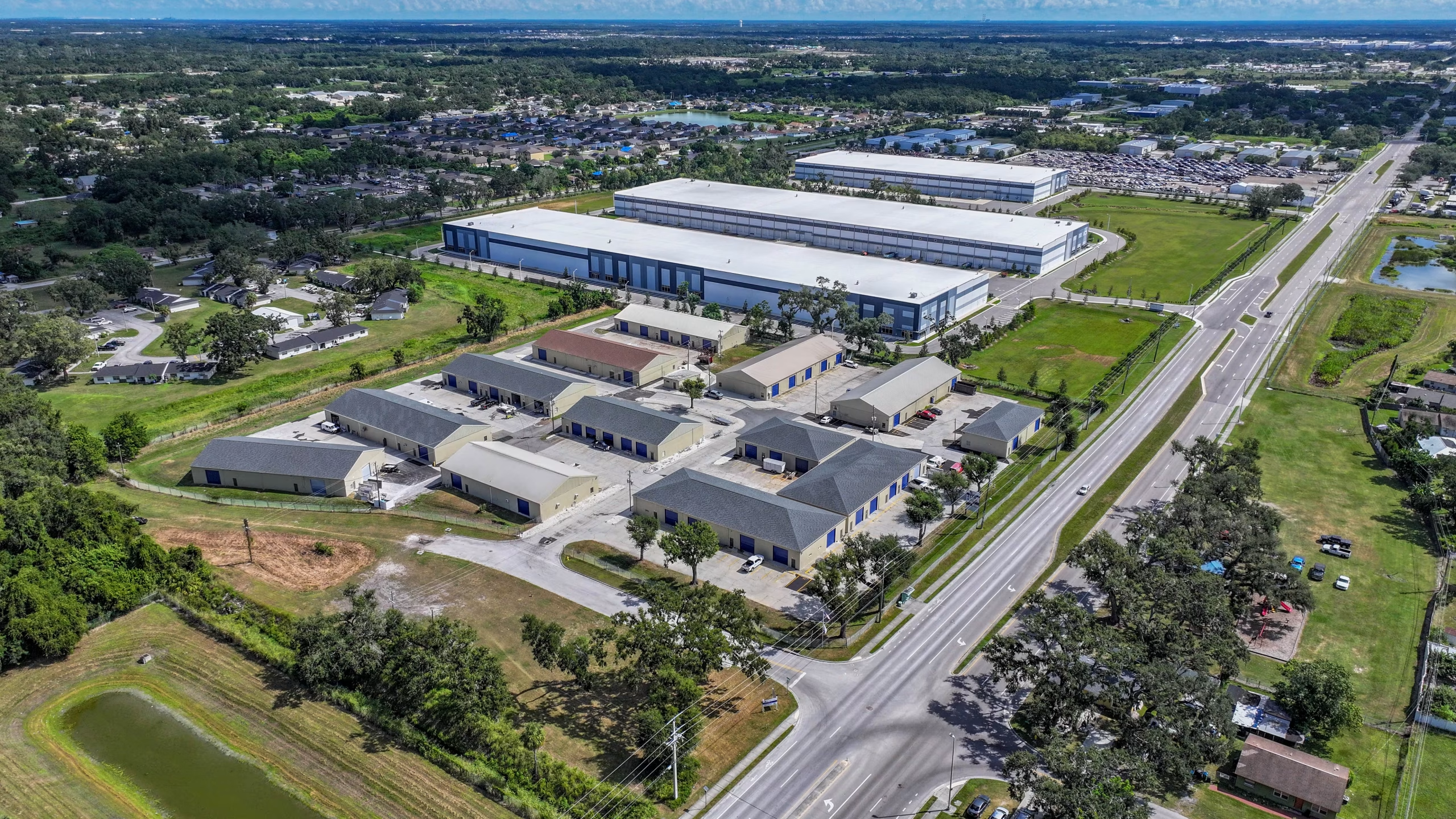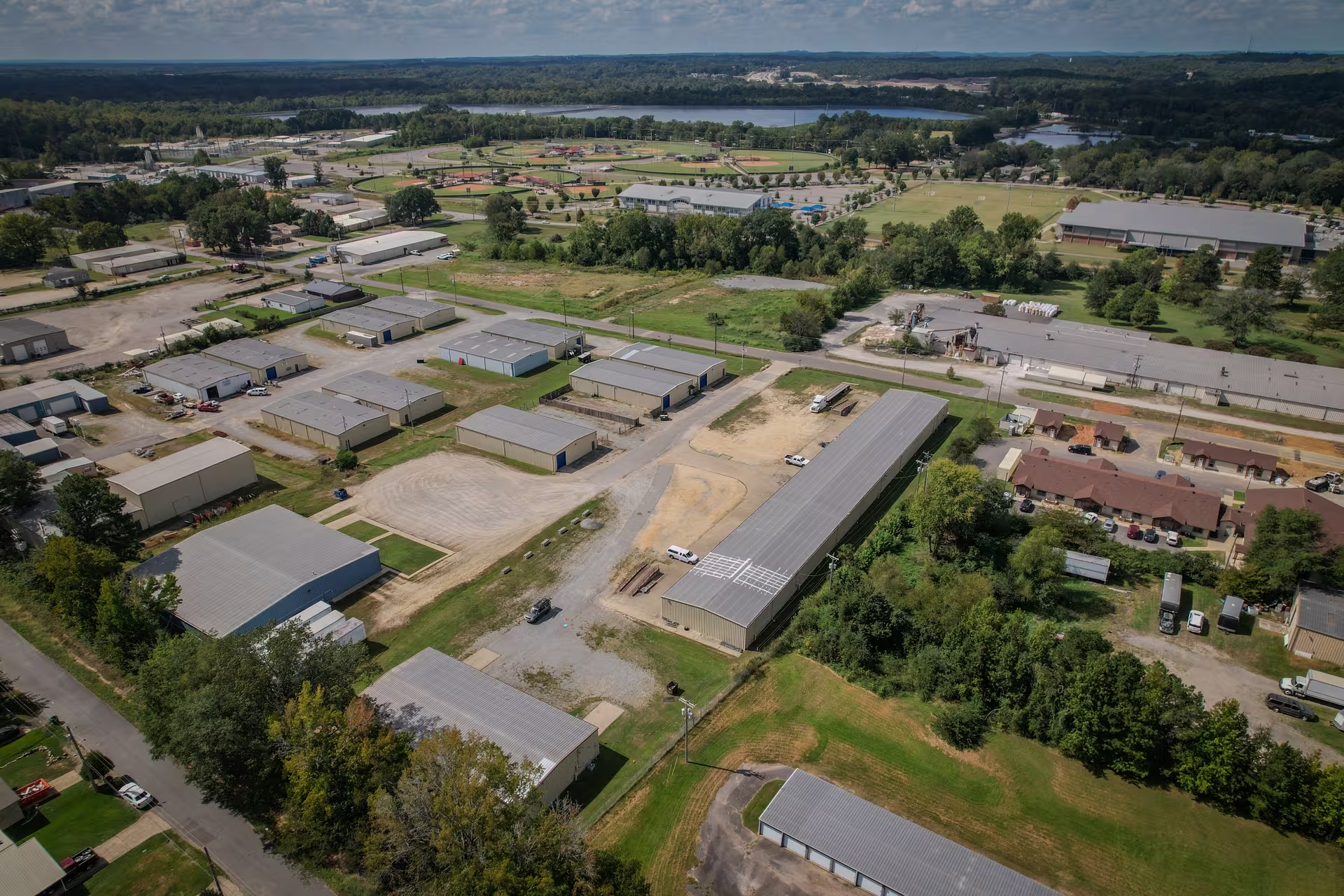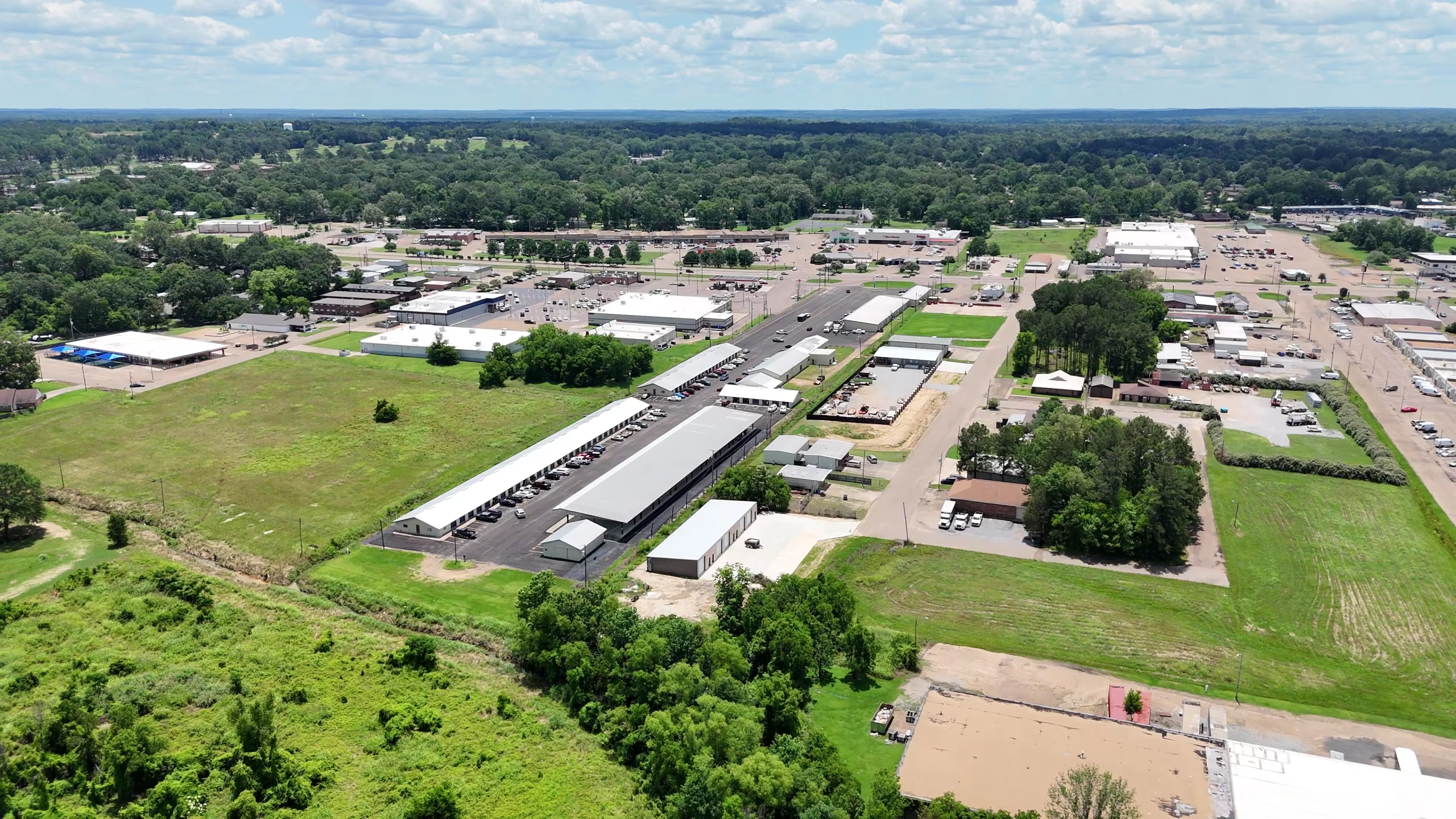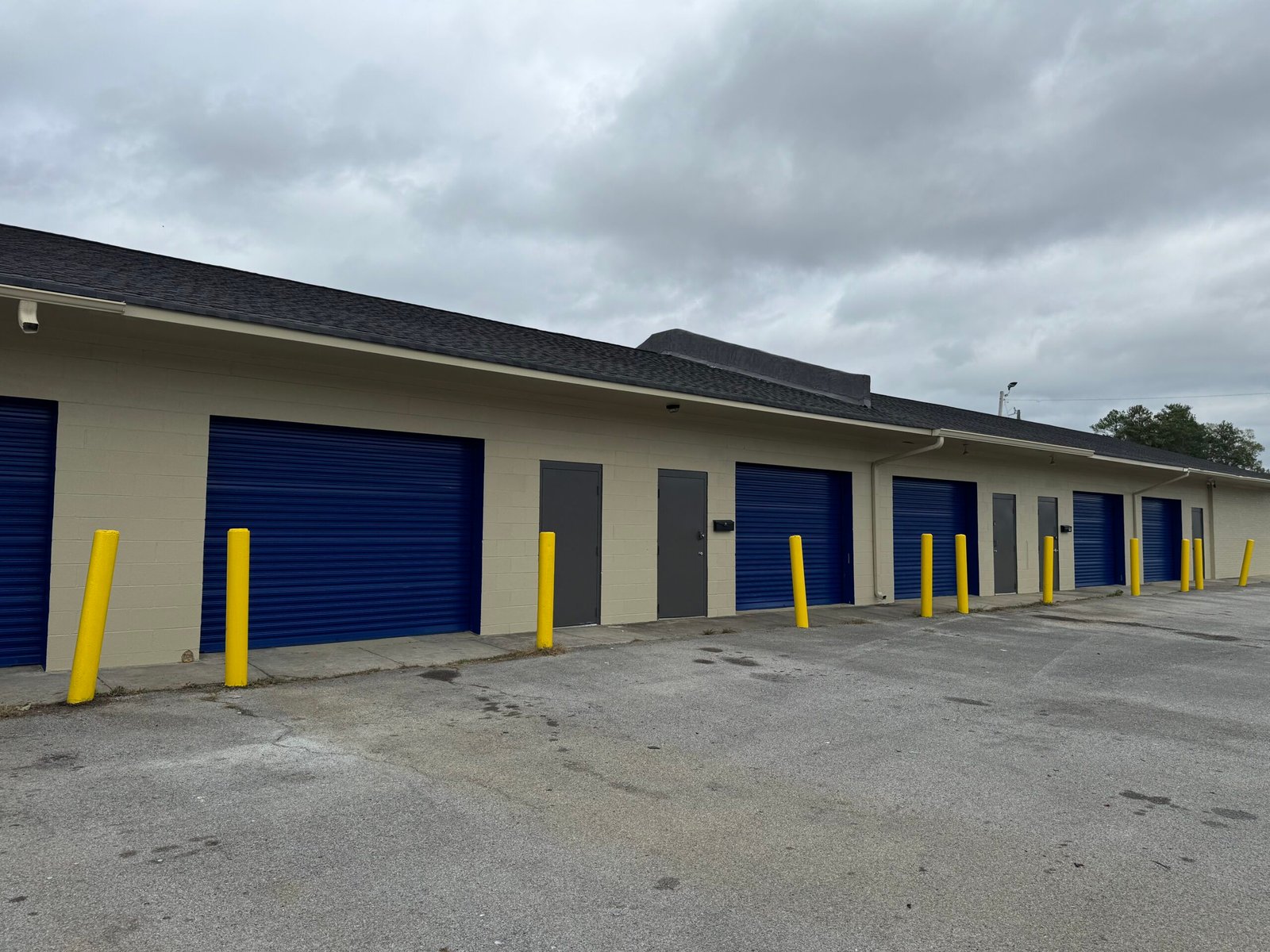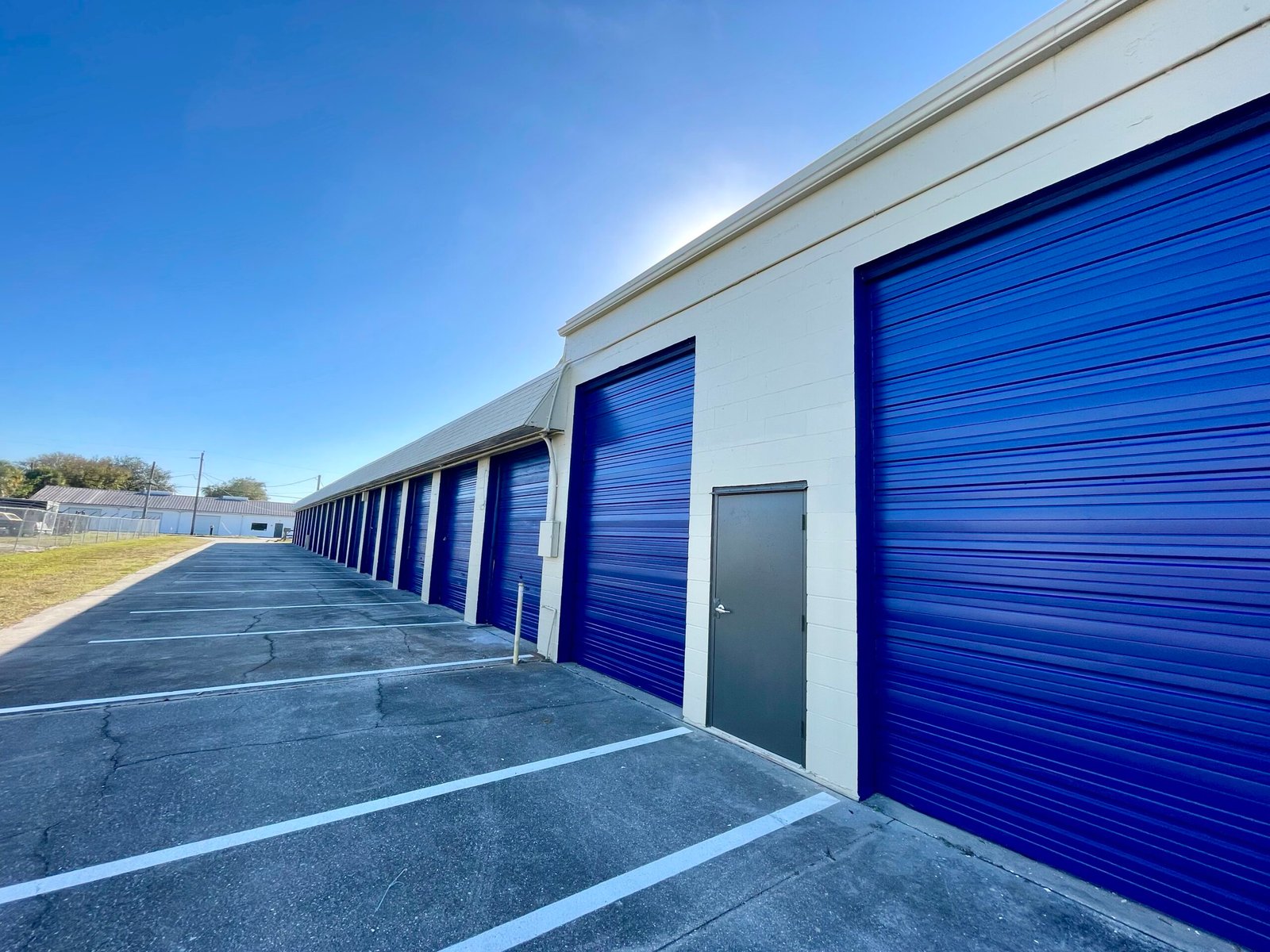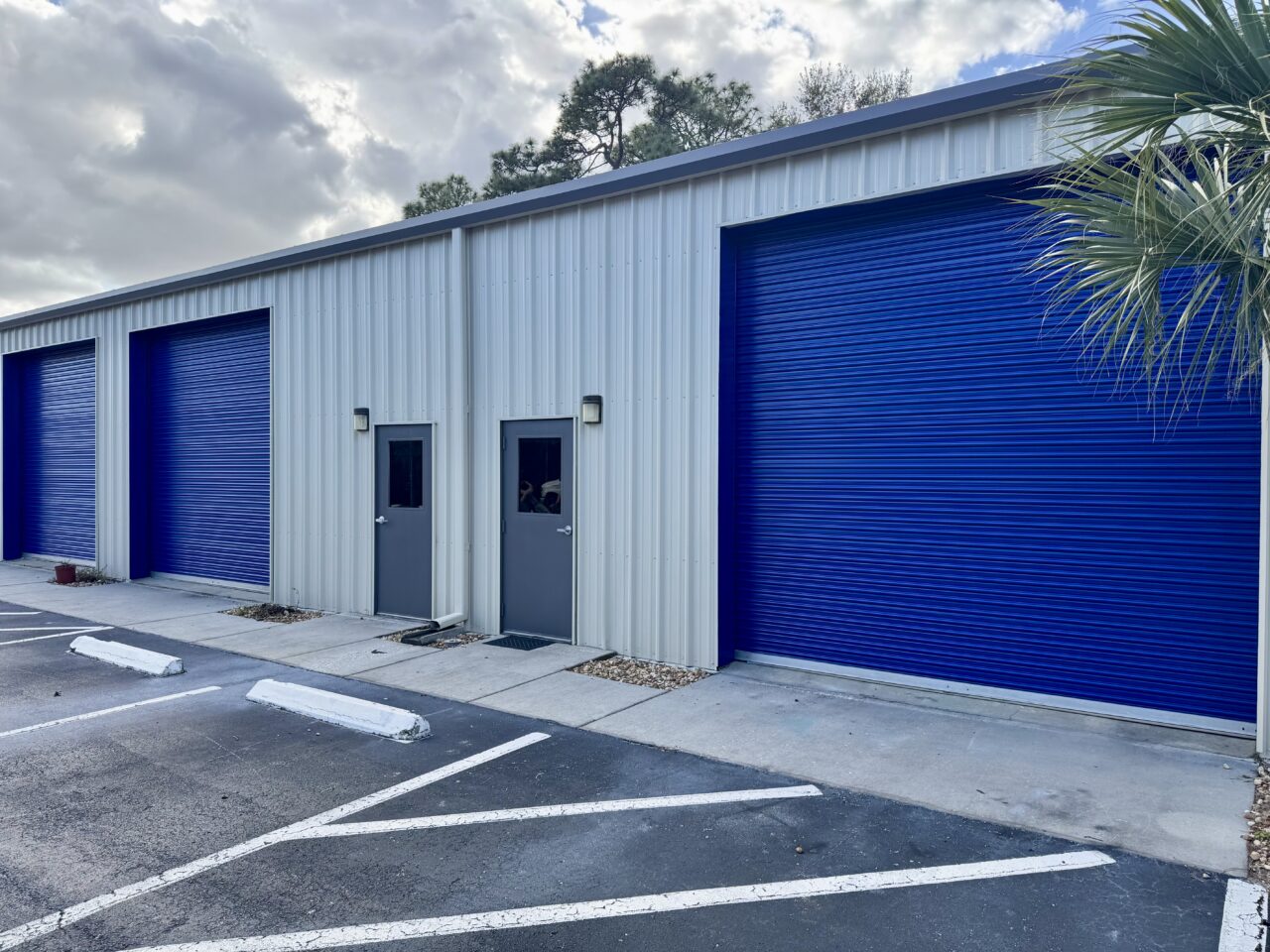In today’s fast-paced logistics and supply chain landscape, selecting the right Warehouse Management System (WMS) is crucial for tenants in a warehouse facility. A WMS streamlines operations, improves inventory accuracy, enhances order fulfillment, and ultimately boosts customer satisfaction. However, with numerous options available in the market, choosing the right system can be overwhelming. This guide will help tenants navigate the process, ensuring they make informed decisions that align with their operational needs and business goals.
1. Understand Your Needs
Before diving into the selection process, it’s essential to assess your specific requirements:
Analyze Current Processes
- Inventory Management: Understand how you currently track and manage inventory. Are there inefficiencies or pain points?
- Order Fulfillment: Evaluate your order processing workflow. How quickly do you need to fulfill orders, and what volume do you expect?
- Reporting Needs: Determine what type of reporting and analytics are essential for your operations.
Identify Key Features
Consider the features that are most important for your operation:
- Real-Time Inventory Tracking: Ability to monitor inventory levels in real-time.
- Barcode Scanning: Facilitate accurate inventory tracking and order picking.
- Integration Capabilities: Ensure compatibility with existing systems such as ERP, CRM, and e-commerce platforms.
2. Research Available Options
Once you have a clear understanding of your needs, it’s time to explore available WMS options:
Cloud-Based vs. On-Premise
- Cloud-Based Solutions: Offer flexibility, scalability, and lower upfront costs. Ideal for businesses looking to avoid extensive IT infrastructure.
- On-Premise Solutions: Require more significant initial investment but offer greater control over data and systems.
Vendor Reputation
- Research Vendors: Look for reputable WMS providers with a proven track record. Read reviews, case studies, and testimonials from other tenants in the warehouse industry.
- Request Demos: Most vendors will offer demos or trial periods. Take advantage of this to test the system’s usability and features.
3. Consider Scalability and Flexibility
As a tenant, your business needs may evolve. It’s crucial to choose a WMS that can grow with you:
Scalability
- User and Transaction Scalability: Ensure the WMS can accommodate an increasing number of users and transactions without compromising performance.
- Modular Capabilities: Consider systems that allow you to add features as your business expands.
Flexibility
- Customizable Features: Look for a WMS that can be tailored to your specific processes and workflows. This customization can enhance efficiency and user satisfaction.
- Multi-Location Management: If you plan to expand to multiple warehouses, choose a WMS that supports multi-location inventory management.
4. Evaluate Integration Capabilities
Your WMS should work seamlessly with other systems in your operation. Evaluate the following:
Compatibility with Existing Software
- ERP and CRM Integration: Ensure the WMS can integrate with your Enterprise Resource Planning (ERP) and Customer Relationship Management (CRM) systems for efficient data flow.
- E-Commerce Platforms: If you sell online, look for WMS solutions that easily integrate with popular e-commerce platforms like Shopify, Amazon, or Magento.
API Availability
- Open APIs: Choose a WMS with open Application Programming Interfaces (APIs) that facilitate integrations with third-party software and allow for custom development.
5. Consider User Experience
A user-friendly WMS can significantly impact your team’s efficiency:
Intuitive Interface
- Ease of Use: Look for systems that offer intuitive dashboards and easy navigation. Training staff should be straightforward and quick.
- Mobile Access: Consider a WMS with mobile capabilities, allowing staff to manage tasks from handheld devices.
Training and Support
- Training Resources: Check if the vendor provides comprehensive training resources for your team.
- Customer Support: Evaluate the level of support offered. Responsive customer service is essential for resolving issues quickly.
6. Analyze Total Cost of Ownership
Understanding the financial implications of your WMS choice is crucial:
Upfront and Ongoing Costs
- Initial Investment: Calculate the cost of implementation, including hardware, software, and training.
- Ongoing Fees: Consider subscription fees for cloud-based solutions, maintenance, and upgrade costs.
Return on Investment (ROI)
- Efficiency Gains: Estimate the potential savings from improved efficiency, reduced errors, and enhanced inventory management.
- Long-Term Value: Consider how the WMS will contribute to your business goals in the long run.
7. Seek Feedback and Recommendations
Before making a final decision, consult with peers and industry professionals:
Networking
- Engage with Other Tenants: Talk to other tenants in your warehouse facility about their WMS experiences and recommendations.
- Industry Events: Attend logistics and supply chain conferences to gain insights and recommendations from experts.
Online Resources
- Forums and Groups: Join online forums or social media groups focused on logistics and warehousing to gather opinions and reviews of different WMS options.
